Women On The Road: Eating, Playing And Loving It All In Tottori
Exploring The Best Of Japan's Least Populated Prefecture
The best way to let off steam is to hit the road — with the girls.
It’s that time of the year again: work is piling up; you’re in a rush to get everything done, and you promise yourself that once things calm down you’ll finally take some time off. As usual, we women tend to do more than we’re expected to (also because we naturally can), but, oftentimes, in between trying to be perfect in all of our social roles, we lose track of something vital for our emotional wellness: time for ourselves to let some steam off.
On a recent need to do exactly this, I and three colleagues of mine were invited to visit Tottori prefecture, a place that ticks all the criteria for a relaxing women’s travel destination: exciting experiences, culturally rich, safe, delicious local food and natural sights, and most importantly — conveniently accessible but lacking the crowds. Without further ado, we were on a plane from Haneda heading south.
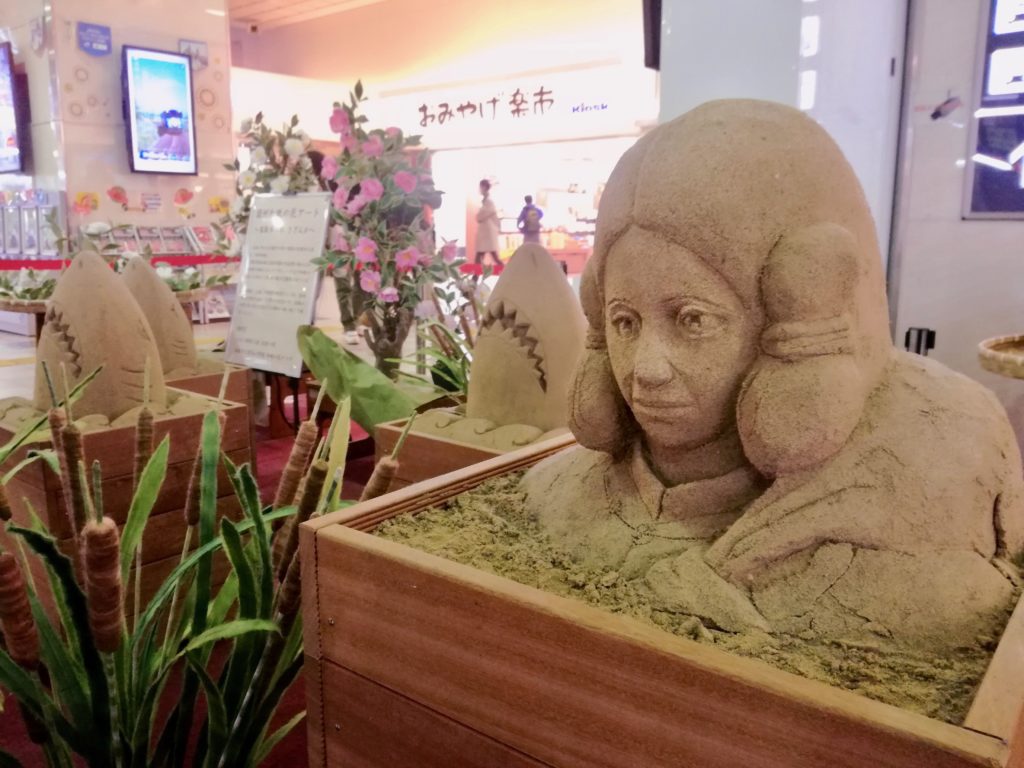
Tottori at a glance
Best known for its majestic sand dunes and mischievous yokai (ghouls and hobgoblins), Tottori is a coastal region in southern Honshu neighboring Hyogo to the right and Shimane to the left. Easily accessible from Tokyo with daily 90-minute flights from Haneda, it is also the least populated prefecture in Japan, which, coming from the capital, is welcome.
For our two-day trip, we landed in Yonago Kitaro Airport and traveled to eastern Tottori by car, stopping at Kurayoshi, Wakasa and the capital Tottori, covering three of the prefecture’s most interesting areas like true locals. Here’s what we enjoyed the most.
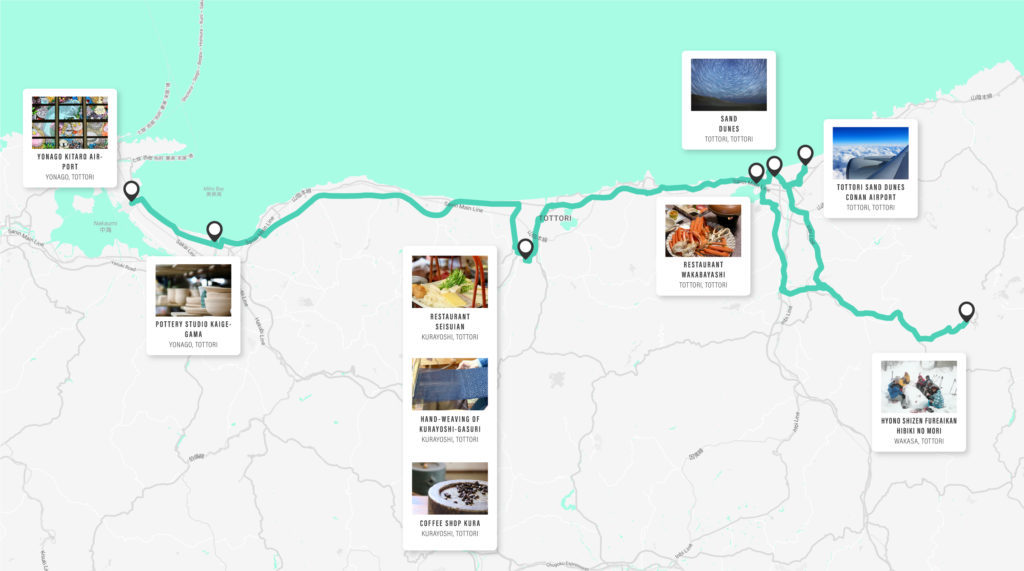
Our Tottori road trip map at a glance.
Goblins, pottery making, and mingling with the locals
Our journey started at Yonago Airport where we were welcomed by multiple yokai inspired by Gegege no Kitaro, the famous manga written by Tottori native Shigeru Mizuki. This small airport was an attraction in itself. We stopped by to take a photo with Kitaro and his medama oyaji father on the second floor, captured a panoramic view of the anime-inspired glass in the lobby, and had fun tracing hidden anime objects.

From there we drove for about 20 minutes to Kaikegama, a pottery studio run by Yuzo Ando who has been managing the family business for over 50 years. He invited us to come in, placed a 1.5-kg clay in front of us, and with a gesture, told us to get down to business.
“When I first started,” he opened up as we obediently worked on our clays, “women studied pottery before marriage and the business was flourishing. Now, it’s mainly old folks coming here to tell each other how they suck at making pottery,” he laughed, pointing at a group of students in their 60s.

During the two hours we spent at the studio, we made beautiful plates from scratch, and, despite existing language barriers, managed to befriend a group of locals over snacks and tea — and they didn’t even criticize our works.
Getting full on 12 shades of mochi
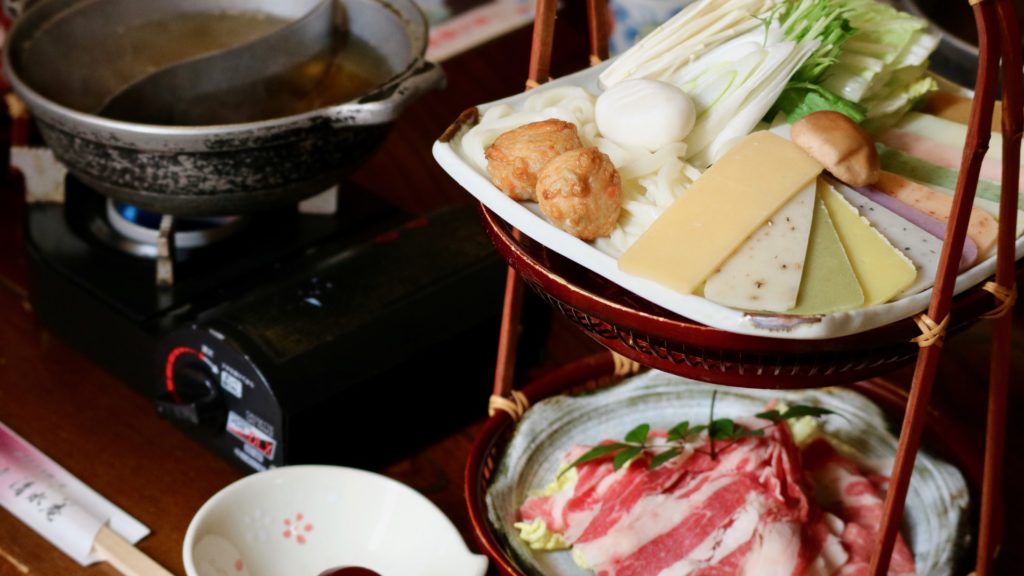
From Yonago, we drove for about an hour to Kurayoshi. Our first stop was Seisuian, a locals’ favorite former mochi (rice cake) manufacturer-turned-restaurant, built on the premises of an old traditional house. We were there to try its signature mochi shabu shabu course, a colorful and delicious set of thinly sliced mochi blocks. We ordered an upgraded set version, which came with udon, beef, chawanmushi (savory egg pudding), a mochi appetizer, and 12 different flavors of mochi slices. Inspired by the gorgeous 12-layer kimono worn by the imperial family in the Heian Era, this mochi on parade was the dream meal of any Instagrammer. It was here where we tried chili, sesame and blueberry-flavored mochi for the first time, and loved every sticky bite of it.
Walking like a local in Kurayoshi
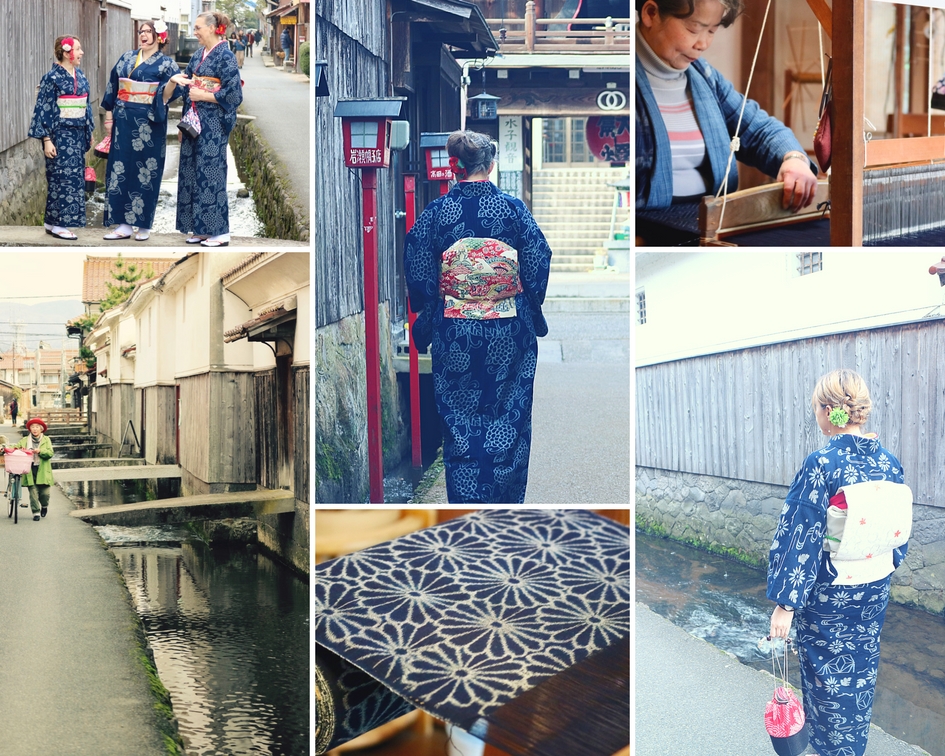
Full and satisfied, we headed to our next adventure: a walking kimono tour around Kurayoshi. Located just a five-minute walk from Seisuian, we stopped at Akagawara Bldg. 1, the first in a series of traditional houses (now mostly crafts and souvenir stores) along the Shirakabe Dozo Gun, the area’s landmark white-walled storehouses, designated as a nationally important preservation district. We rented Kurayoshi-gasuri, a traditional handmade indigo kimono woven by women only in this region. Our walk tour included the full package of being helped to wear the kimono, having our hairstyles done the right way (for the first time in ages), and renting a kimono bag and tabi socks. After getting ready, we went for a stroll along the nostalgic streets of Kurayoshi, imagining this is how Pretty Woman would have looked if she were living in Edo-era Japan.
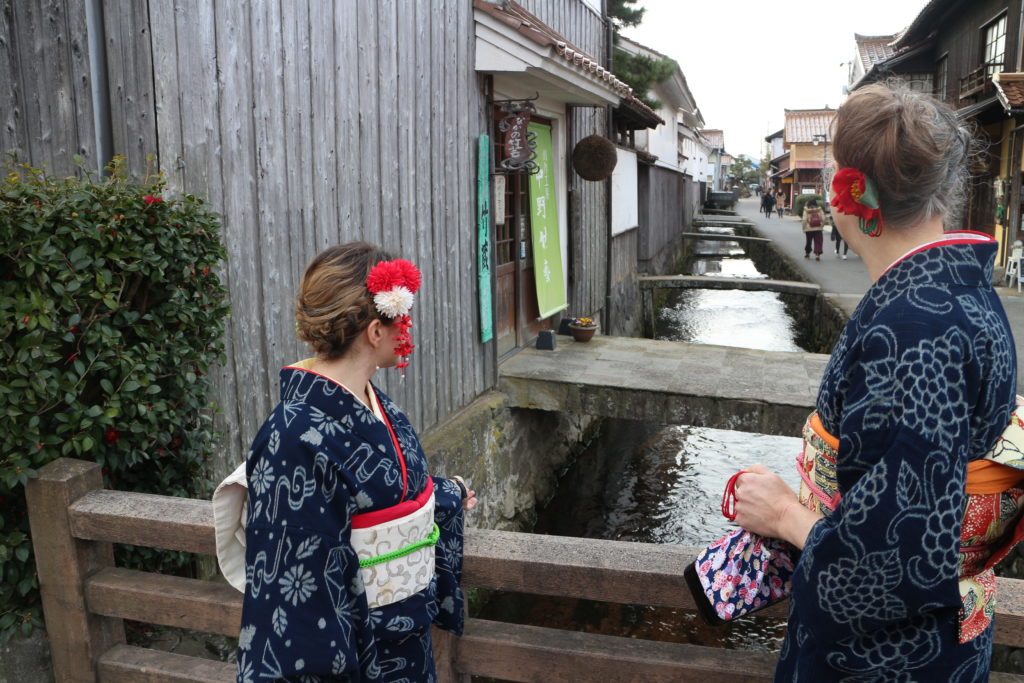
During our walk, we stopped by Kura, a local coffee shop famous for having its customers grind their own coffee. A slightly puzzling experience in the beginning, turns out this is the attraction that gets the place a full house of customers: on the second floor of the cafe there was a large stone grinder, a tool where you put just the right amount of coffee beans and turn the handle until you get the perfect powder. The staff takes it from there, and after a while you’re served a cup of delicious coffee with azuki beans instead of sugar. That’s how they do it there, we’re told — and we don’t complain — it was delicious and entertaining.

We grabbed some mini taiyaki from a store nearby and ate along the way to a local shrine, to a warehouse where women waved the kimonos by hand, and once again back to the streets of the beautiful Kurayoshi (倉吉), the city of “good fortune (吉) warehouses (倉).”
The experience of us just standing there in this vast land of sand in peace and quiet, looking up to the sky, was, perhaps, what we had been needing for a long time — a moment of complete tranquility.
Catching stars at the sand dunes
After leaving Kurayoshi for Tottori city — where our first stop was at a full all-you-can-eat crab dinner at Wakabayashi Shoten — we were ready for the highlight of our day: stargazing at Tottori’s sand dunes. Though the dunes were still covered in snow when we visited and the temperatures got pretty low at night, the anticipation of this ultra-romantic experience kept us warm and cozy. We wore a few extra layers, wrapped some plastic bags on our shoes and headed to the endless black ahead of us. The night sky welcomed us with a stunning view of every star galaxy we could name.
-1024x684.jpg)
Though we didn’t admit it to each other, the experience of us just standing there in this vast land of sand in peace and quiet, looking up to the sky, was, perhaps, what we had been needing for a long time — a moment of complete tranquility and the realization that our problems are so small in comparison to the borderless sky above us. At the end of the day, we went back to our hotel, soaked in an onsen, and drifted away in complete peace.
Snowshoeing in the mountain
The next morning, after a light breakfast at Hotel Monarque where we stayed, we headed toward Wakasa, a small city in eastern Tottori famous for its beautiful mountains and winter sports opportunities. We were there to experience snowshoeing in Mt. Hyono. After renting our wear and snowshoes at a ski rental store in the city, we stopped by at Hibiki no Mori, a community center located in the foot of the mountain, where we met our instructor who explained the ins and outs of snowshoeing before quickly sending us into the wild.
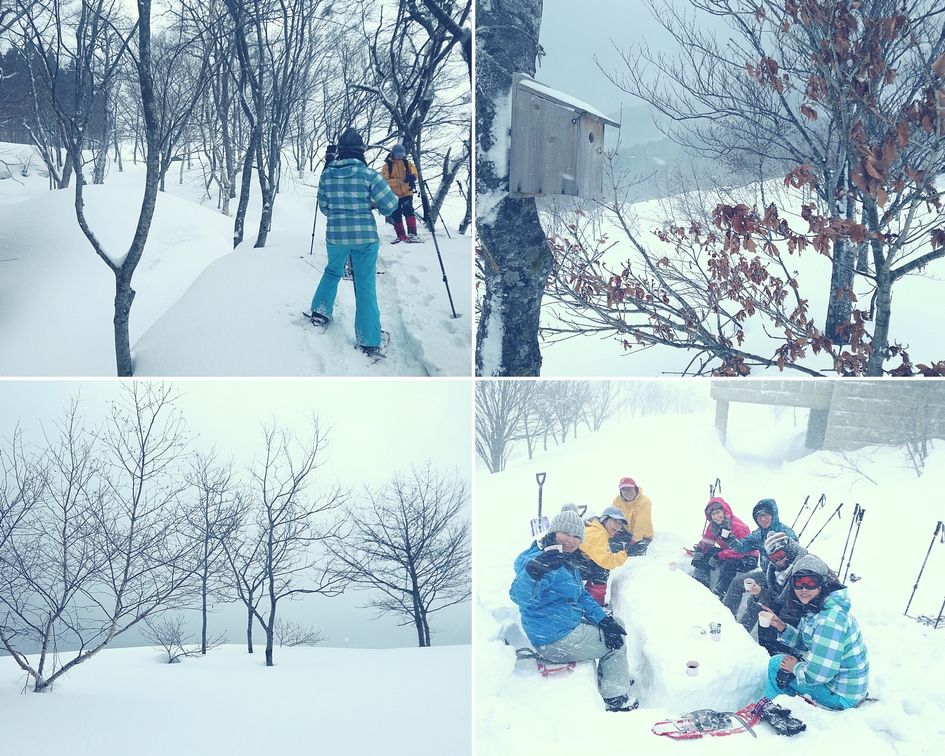
A first-time experience, snowshoeing was incomparable to any other winter sport we had experienced: there was something particularly mesmerizing in going up the mountain step by step, crushing the powder snow in silence, and occasionally stopping to enjoy the endless white scenery ahead of us — it was purely refreshing in every sense of the word.
A few hours later, we ended our mountain experience by having a cup of hot coffee and cocoa on a snow bench made for us by the lovely people at the community center — another first experience which we’d carry in our hearts as one of the highlights of this short trip.
There was something particularly mesmerizing in going up the mountain step by step, crushing the powder snow in silence, and occasionally stopping to enjoy the endless white scenery ahead of us.
After seeing a bit more of Wakasa, we ended our trip to Tottori by hopping on a plane back from Tottori Sand Dunes Konan Airport. Those two days were not enough to see everything in this yet-to-be-explored gem in Japan, but it was certainly a start. Packed with memories of the trip, a few sand and yokai souvenirs, we came back to Tokyo — more peaceful, happier and productive than we were the week before.
The Deets
- Pottery Studio Kaikegama, 2-19-52 Kaikeonsen, Yonago-shi, Tottori. Trial classes from ¥3,500 (includes clay, apron and instruction fees).
- Seisuian, 1-876 Sakaemachi, Kurayoshi-shi, Tottori. Mochi shabu dishes from ¥1,080. Open from 11:30 a.m. to 2:00 p.m., 5:30 p.m. – 9:00 p.m.
- Akagawara Bldg. 1 (Shirakabe Dozo Gun), 1−2441 Shinmachi, Kurayoshi-shi, Tottori. Kimono walk tour for ¥5,000.
- Coffee Shop Kura, 1-2424-2 Shinmachi, Kurayoshi-shi, Tottori. Open from 9 a.m. to 5 p.m.
- Restaurant Wakabayashi, 1-8-12 Karochokita, Tottori-shi, Tottori. Crab courses from ¥3,500.
- Snowshoeing around Hyono Shizen Fureaikan Hibiki no Mori, 635-175 Tsukuyone, Wakasa-cho, Yazu-gun, Tottori. Snowshoeing experience for ¥5,000 per person.
Getting to and around Tottori: The easiest way to Tottori Prefecture from Tokyo is by airplane. You can also take the JR Tokaido/Sanyo Shinkansen from Tokyo to Okayama and change to the Yakumo train for Yonago (about five and a half hours, altogether). The easiest way to get around Tottori is by rental car. Bus and trains from Yonago, Kurayoshi or Tottori stations are also available.












Leave a Reply